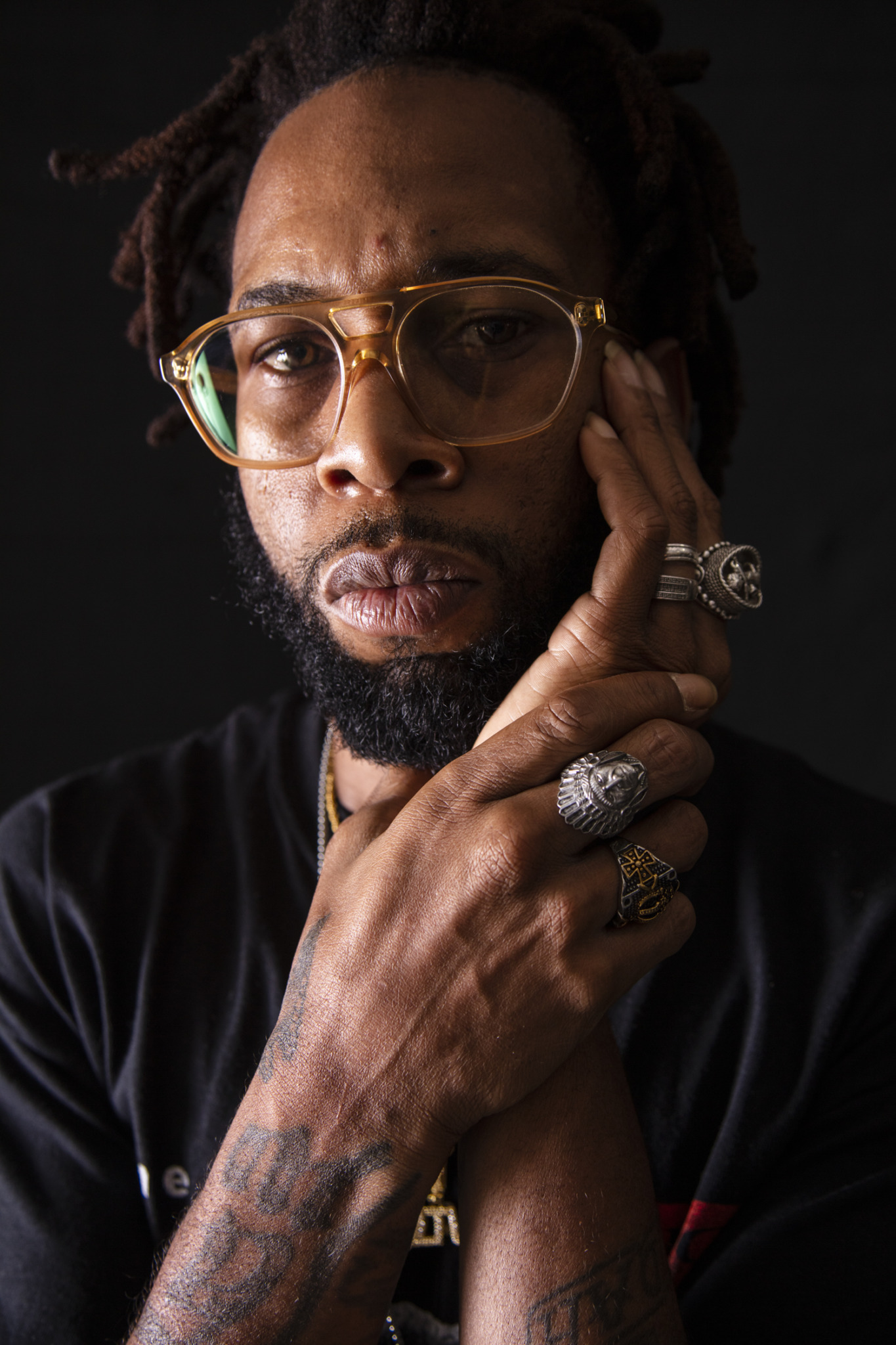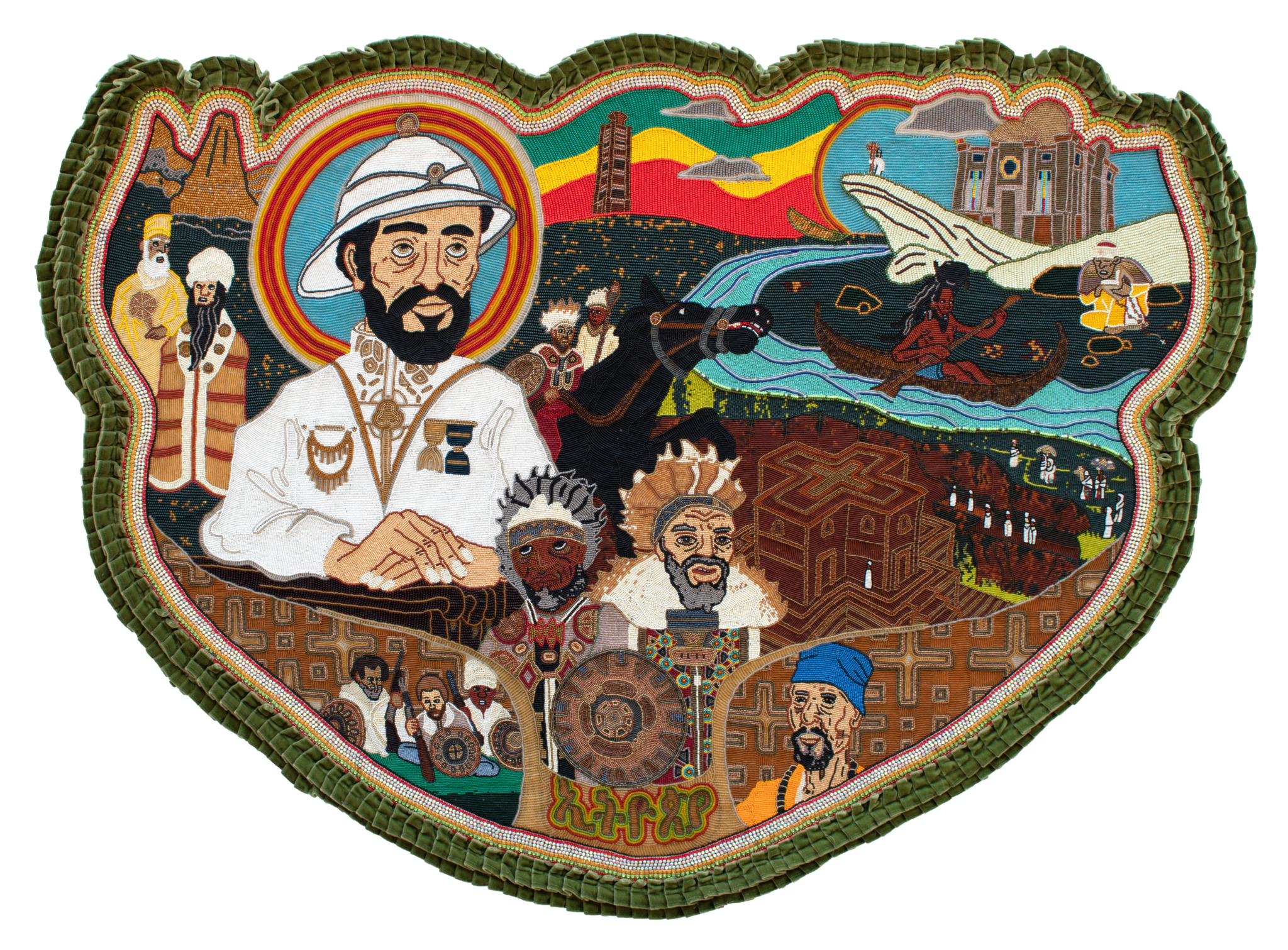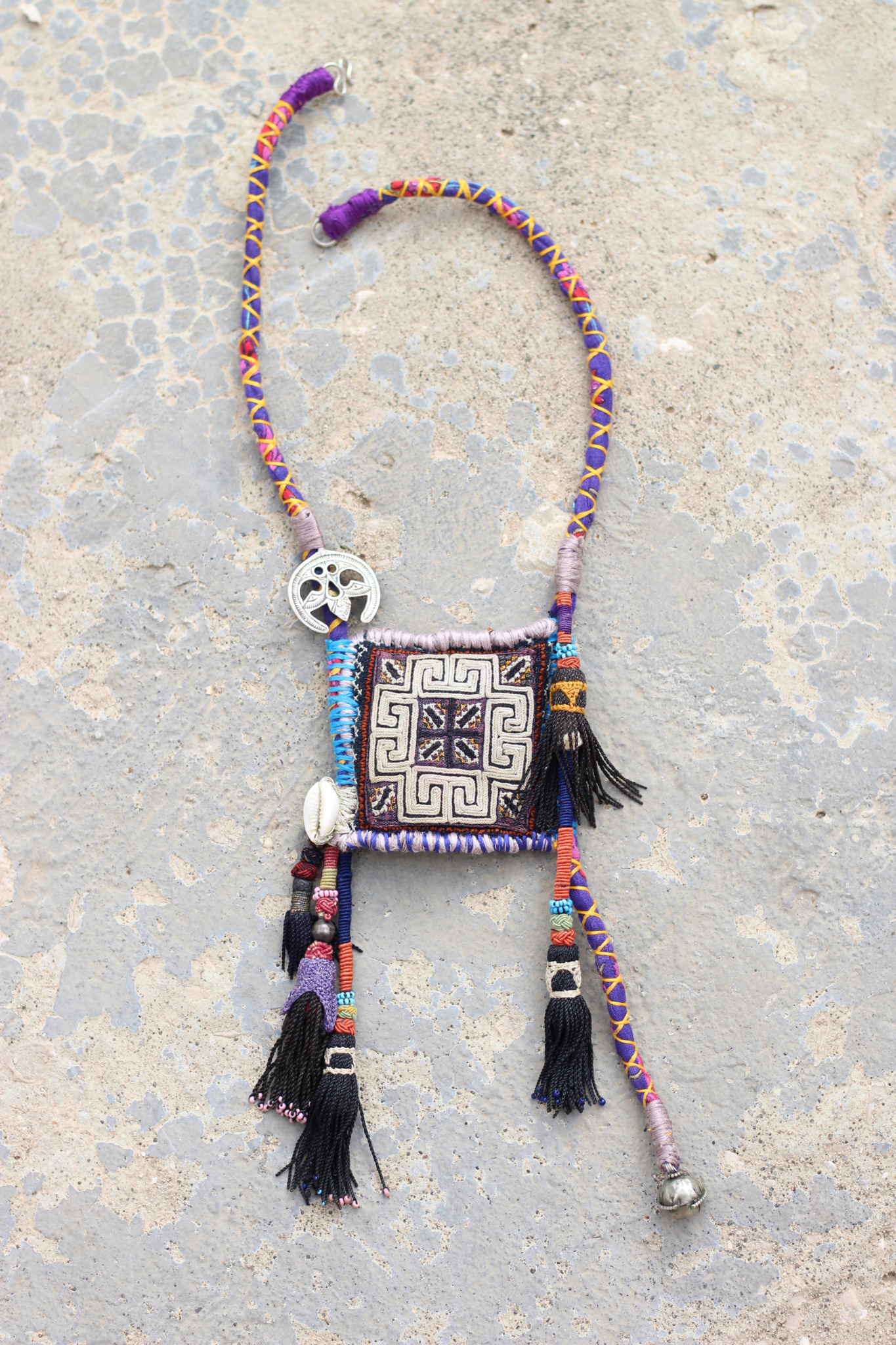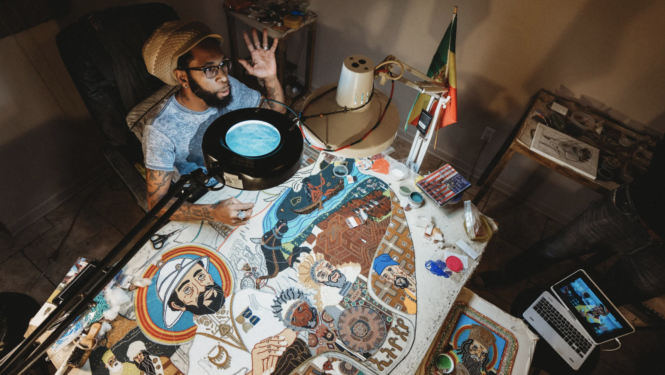Welcome to the second in our Boundless Space storytelling series, which introduces just a few of the astonishing artists who are contributing work to the upcoming Boundless Space: The Possibilities of Burning Man online auction. Work by 180 artists, many of whom emerge from underrepresented communities, will go on auction September 30 to October 8, 2021. We’re inviting YOU and the world to peruse the richly illustrated online catalogue, which will publish on September 20, 2021. Proceeds from the Boundless Space auction will support participating artists and Burning Man Project.
You’ve probably noticed that Larry Harvey included the word “radical” when he wrote several of the 10 Principles. While it may sound like he’s advocating for social revolution, Larry was in fact referencing another definition of radical: “…it’s root is ‘radix’, which means ‘root’. Radical, the word, also means whatever is deeply situated in our nature, what is innate, what is soulful, what is interior.” *
Burning Man is often an exercise in stripping away the surface-level differences and seeing what we have in common. We couldn’t be more delighted to introduce Big Chief Demond Melancon and Yasmine Dabbous, two of the remarkable artists who are participating in Boundless Space. Rooted in vastly different cultural and creative traditions, through speaking with them we uncovered remarkable commonalities.
Both came to their practices as youngsters, evolving their work intrinsically over time to handcraft sacred objects that merge disparate cultural traditions and symbols into new stories, both literally and figuratively. And both acknowledge the awesome potential of tapping into our innately creative selves as a path toward transforming not only our own lives, but the world. Sound familiar, Burners?
Big Chief Demond Melancon of the Young Seminole Hunters

Demond Melancon works with needle and thread, sewing glass beads onto canvas. He began to explore this form of art in 1992 when he first became part of the Black Masking Culture of New Orleans, a two-century-old Mardi Gras tradition celebrated by Black carnival participants. Their flamboyant, richly-ornamented costumes are inspired by African and Native American ceremonial clothing. Participants self-organize in dozens of neighborhood-based tribes that parade and compete on Mardi Gras based on the ornamentation of their suits.
Demond is well known for creating massive suits, which he wears as a Black Masker in ceremonial battles on Mardi Gras day. The suits he creates are sculptural forms based on the size of his body and are composed of intricately beaded patches revealing a collective visual narrative.
Over the past five years, Demond has developed an emerging contemporary art practice using the same beading techniques he’s applied over the past 28 years as a Black Masker. His work has been exhibited at the Victoria & Albert Museum in London, Art Miami, the Museum of Contemporary African Diasporan Art in Brooklyn, and the Arthur Roger Gallery in New Orleans.
Demond is no stranger to the power of art and creative self-expression to change lives. He credits the Black Masking Culture of New Orleans with saving his life.
“Black Masking was something that was in the neighborhood after Mardi Gras for me,” Demond explained. “We lived in the Ninth Ward, where the bridge would go up on Mardi Gras day. Sometimes when it’s up, you can hear drums and stuff. And when the bridge goes down, the Indians come down St. Claude Avenue. One day when I was 12 years old, I ran inside and told my Mom, ‘The Indians are on St. Claude!’ And so she went out with me and we followed them all the way up to Claiborne and under the bridge.
“My friends in junior high school, they were Indians and I just loved the Indian thing. It was just something that clicked to me when I saw them on St. Claude. It just made me get chills when I was a little kid…. I felt like I belonged. I was like, man, this is where I’m supposed to be at.
“I was taught by elder Ferdinand Bigard Senior. He passed on, but I was taught by him. He was an elder in our culture in New Orleans. He was a Big Chief of the Cheyenne Black Mardi Gras Indians and he taught me when I was 13 years old.”
Demond beads from 5am until well past midnight some nights, often with the company and participation of his wife Alicia — the only person who joins him in his studio.
To the Boundless Space auction, Demond is contributing a richly ornamented apron from his “Ethiopia” suit — an elaborate beaded and feathered suit traditionally worn as a Black Masker on Mardi Gras day. “Ethiopia” is an expression of love, honor, and admiration for Ethiopia and Haile Selassie, the King of Kings.

“I want to bring a change to people’s eyes, for people to say: ‘He’s from the Ninth Ward and that’s what he did?’ … You gotta show people what you can do. And that’s where it starts. A twinkle in the eye, and you make the real world what you want it to be and what it really is…. love.”
Demond hasn’t yet participated in a Burning Man event, but has been aware of the culture and Black Rock City for a long time. Through it, he recognizes Burning Man’s capacity to inspire anyone to access their creative self. He’s eager to share his culture — the Black Maskers of New Orleans — with the global Burning Man community, and the world.
“Everybody can tap into the creative part of their soul…. I call it the solo playing in the back of your brain that gives you that connection with the creative side of your being. [….] everybody got that. You were born with that. “
Watch All on a Mardi Gras Day, a free and fascinating 20-min documentary about Demond and his work.
Yasmine Dabbous

A culture and media expert, Yasmine Dabbous has a PhD in Journalism Studies, with a research focus on cultural studies and cultural history. Passionate about everything tribal, Yasmine creates one-of-a-kind necklaces as stories about the people, their beliefs and the skills they inherited from one generation to another. She hand-picks materials during her many travels across continents and cultures.
“Wherever I travel, I find that people are the same. Even though they are different, they are the same,” Yasmine observed. “Everybody has fears. Everybody loves. Everybody craves. Everybody believes. They might believe in nothing or in something … they all want to believe in something, even the people who don’t.
“I love tribal art. I love textiles and I love silver. This is something that I’ve loved for the longest time.”
When she was 12 and beginning her collection, she acquired things she liked. Now she has a more methodical approach to traveling and collecting materials.
“I study the culture. I am going to study what they do in terms of fabric. What is the style? What are the traditions? What are the symbols and motifs? I do the same for the silver, and for the beads.”
In 2012, almost on a whim, Yasmine took a class in fashion design. She came away disliking the sewing machine but with a newfound love for hand sewing. The class happened to include a two-hour session about fabric jewelry. Something clicked. Yasmine left her university job, got a degree in textile design, and moved fully into the arts.
Yasmine’s Kinship Stories are exquisite one-of-a-kind necklaces. Though one could easily imagine it, her work isn’t found in the bougie hip shops of LA or San Francisco. She doesn’t have an online store. Each piece is unique (and goooooorgeous); if they are to be sold, they find their owners organically. Aside from a few select boutiques in Beirut, Yasmine’s work can be found on her website and her Instagram feed. Her work is about building community, nurturing connections, and above all, place-based storytelling.
“I don’t have a shop online. I try as much as possible to sell at exhibitions because I feel that people need to understand that this is more than just an accessory. I want them to see the value of what I am doing. And sometimes, you know, the place dictates the value.”
Yasmine lives the spirit of Gifting. She is graciously submitting two necklaces for the Boundless Space auction — one for the buyer to keep, and a second to gift to a friend. One of the necklaces up for auction, “Survivor,” remarkably survived the August 4, 2020 Beirut explosion; the second was created uniquely for the upcoming auction.

“If you go down to the common denominator, which is our humanity, we’re all the same pretty much … Once you get beyond these differences, you find that there’s a lot in common. And I love to translate this into my necklaces. So my necklaces usually come from 2, 3, 4, 5, 6 cultures, seven countries, but they blend so well and they look like one. And for me, this is very significant.”
Yasmine has never been to Black Rock City. She is participating in the auction, in part, because the values of the Burning Man community resonate with her and her work. Like the 10 Principles, Yasmine is focused on the fundamental meaning of being human, and the experiences and desires we share as a result of our humanity.
“It’s an alternative cultural movement. It fits completely with my goal for connections, for getting over stereotypes, and for thinking about the world critically …“I felt the spirit of Burning Man matched very much the spirit of what I’m trying to communicate. Maybe through a different medium, or through a different way, but fundamentally the same thing.”
These days Yasmine is the owner and manager of an arts school in Lebanon. It means she has less time to create her remarkable necklaces while she devotes herself to a higher purpose. She explains: “Our mission is to democratize arts education in Lebanon. It’s also to empower women, to help people heal through the arts, and to promote artistic traditions that are dying in Lebanon.”
*Source: Larry Harvey, Why the Man Keeps Burning, The Long Now Foundation, October 2014
Cover image of Demond Melancon working on the apron for “Ethiopia” (Photo courtesy of the artist)


Excellent work. All inclusion is good inclusion.
Report comment
Comments are closed.